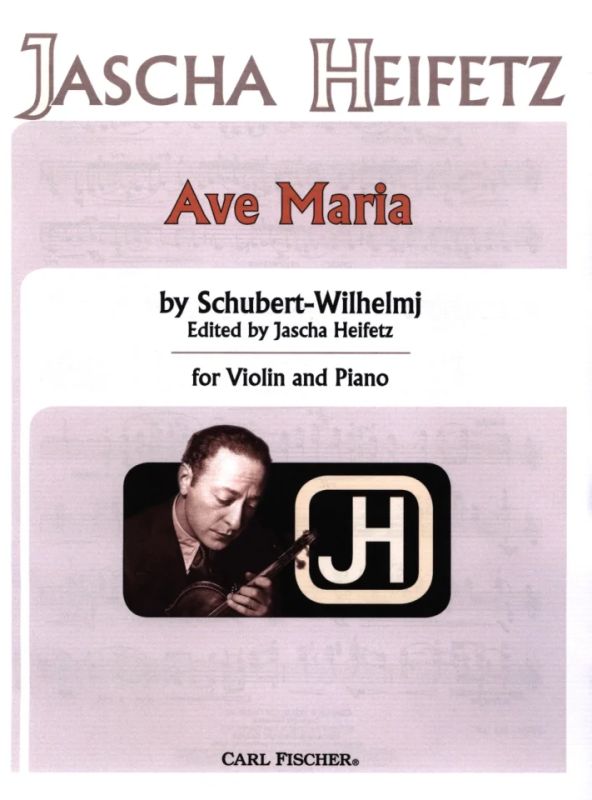

- #AVE MARIA FRANZ SCHUBERT SONG ANALYSIS FULL#
- #AVE MARIA FRANZ SCHUBERT SONG ANALYSIS SERIES#
- #AVE MARIA FRANZ SCHUBERT SONG ANALYSIS MAC#
Apple or its trade-in partners reserve the right to refuse or limit quantity of any trade-in transaction for any reason. Some stores may have additional requirements. Offer may not be available in all stores, and may vary between in-store and online trade-in. In-store trade-in requires presentation of a valid photo ID (local law may require saving this information).
#AVE MARIA FRANZ SCHUBERT SONG ANALYSIS FULL#
Sales tax may be assessed on full value of a new device purchase. Actual value awarded is based on receipt of a qualifying device matching the description provided when estimate was made. Trade-in value may be applied toward qualifying new device purchase, or added to an Apple Gift Card. You must be at least 18 years old to be eligible to trade in for credit or for an Apple Gift Card. Trade-in values will vary based on the condition, year, and configuration of your eligible trade-in device. View full terms and conditions of offer here.
#AVE MARIA FRANZ SCHUBERT SONG ANALYSIS MAC#
Only one Apple Gift Card per eligible Mac or iPad per Qualified Purchaser. Qualified Purchasers receive an Apple Gift Card when they purchase an eligible Mac or iPad at a Qualifying Location. After Emilia leaves, Desdemona prays to Virgin Mary, asking her to pray for the sinner, the weak, the oppressed, the mighty, the unfortunate, and for them in the hour of their death. Knowing she may die that evening at the hands of her husband Otello, Desdemona asks her servant Emilia to prepare her wedding gown with instructions to bury her in it in case she dies that evening. This sublime aria is sung in the fourth act of Giuseppe Verdi's opera, "Otello" , by Desdemona. Stravinsky composed all three works in Slavic text, then fifteen years later, after moving to the United States, he republished the works with Latin texts.
#AVE MARIA FRANZ SCHUBERT SONG ANALYSIS SERIES#
It wasn't until he returned to the church that he wrote a series of three motets intended for use within the orthodoxy: "The Lord's Prayer" (1926), "Credo" (1932), and "Ave Maria" (1934).

Stravinsky was raised in the Russian Orthodox Church, but in his young adult life, his religious practices were "put on hold" so to speak. Schubert's original published score for this song was not set to the Latin prayer despite its opening phrase "Ave Maria." Schubert based his work on Walter Scott's similarly titled epic poem.


In 1825, Schubert composed " Ellens Dritter Gesang" (Ellen's Third Song) and included it in his collection of seven songs titled " Liederzyklus vom Fräulein vom See" ("The Lady of the Lake"). Mascagni's Ave Maria is an adaption of his beloved Intermezzo (a piece of music performed between two scenes or acts in an opera) from the opera, Cavalleria Rusticana. Gounod's work was originally published for violin/cello with piano and harmonium, but in 1859, after receiving a request from Pierre-Joseph-Guillaume Zimmermann (Gounod's future father-in-law who transcribed Gounod's improvisation) Jacques Léopold Heugel released a vocal version with the melody set to the text of the Ave Maria prayer. 1 in C Major, which Bach published in 1722 as part of "The Well-Tempered Clavier," a book of piano music Bach wrote to sell to students interested in learning and perfecting their piano technique. In 1853, French composer, Charles Gounod improvised a melody to Johann Sebastian Bach's Piano Prelude No.


 0 kommentar(er)
0 kommentar(er)
